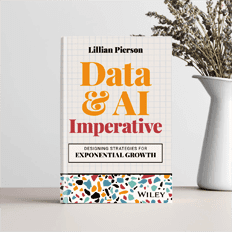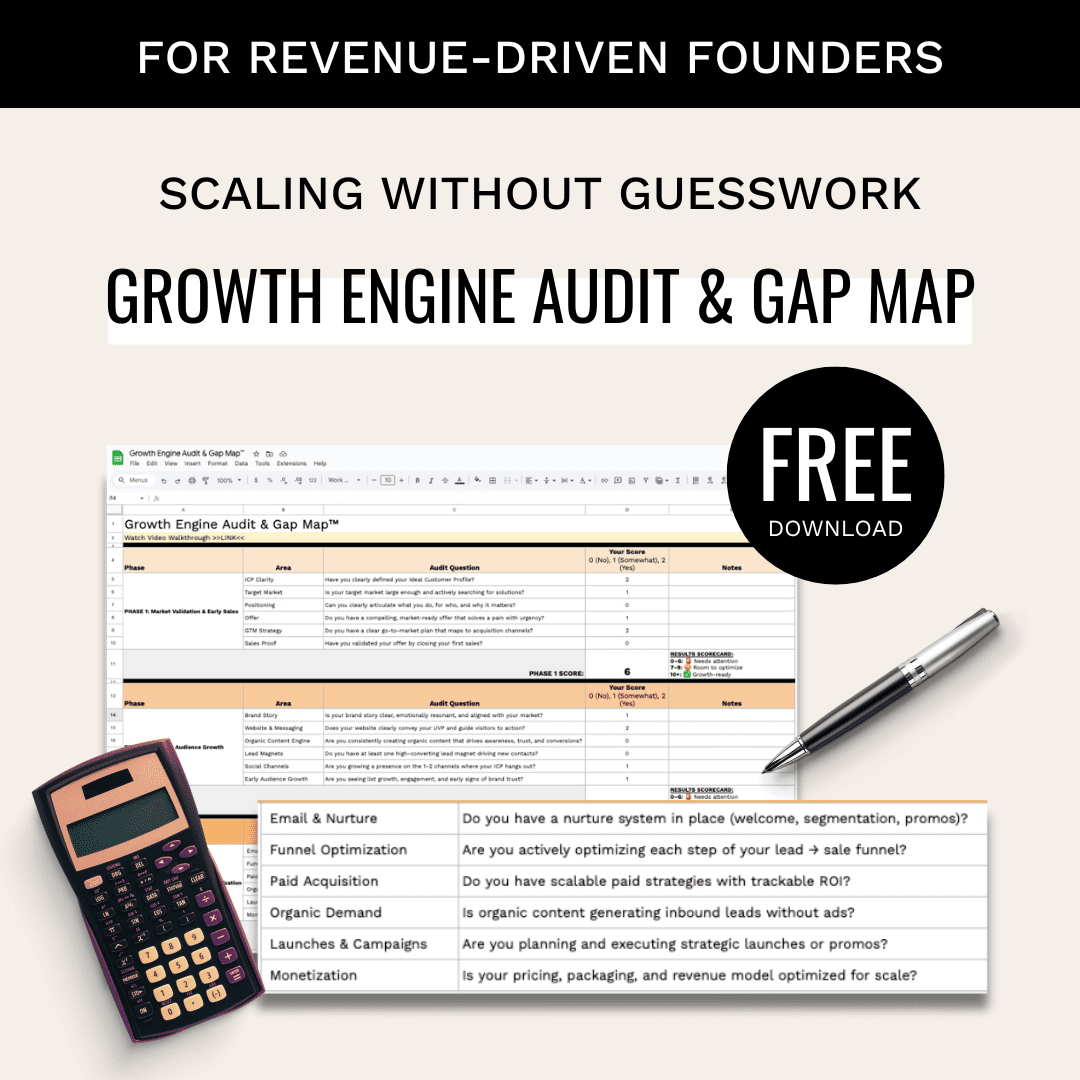Curious about how to get started with marketing mix modelling? Read this blog post to learn about the marketing mix modelling step-by-step fundamentals and its benefits.

Marketing mix modelling (MMM) has been around since the 1980s and was invented as a means to track and analyze fluctuations in sales performance.
The marketing mix can involve various factors ranging from digital channel spend (e.g., Facebook and TikTok ads) to print media, TV and radio advertising, etc.
These are added to the ‘mix’ with campaigns, sales and promos, and external factors like seasonality. The general idea is to create a sales and marketing model immersed in the real world. With MMM, forecasts are enriched by context and interlinked as part of a whole.
Numerous businesses from the Fortune 500 use MMM already, and Think With Google promotes it as a “time-tested method for measuring marketing impact.”
The end goal of MMM is to optimize marketing budgets and actions to drive sales. Marketing budgets range between 5% and 15% of a company’s total budget, though this can push 20% for newer businesses. Optimizing spend with MMM vastly increases the leverage of those budgets.
So, how do you get started with marketing mix modelling?
The Benefits of Marketing Mix Modelling
First, let’s examine the benefits of marketing mix modelling.
1: Non-Reliant on Tracking
Broadly speaking, MMM is most similar to marketing attribution, which seeks to attribute the results of various marketing campaigns to the touchpoints involved.
Marketing attribution relies heavily on user tracking, which has become more difficult in today’s privacy-centric internet universe.
In contrast, MMM uses internal and external data that doesn’t rely on user tracking to paint an overarching picture of marketing channels, actions, and external factors.
As a result, it’s considerably more grounded in reality than marketing attribution and doesn’t suffer from changes to regulation.
2: Combines Marketing With External Data
MMM is often described as an ‘art form’ as it weaves different marketing and sales factors together into a holistic model.
Specifically, MMM integrates multi-channel marketing actions with external factors, from inflation to temperature, location, current affairs, and custom events like Christmas and new year. This provides businesses with a nuanced method for examining sales and marketing inputs and outputs.
3: Integrates Product Changes
MMM helps businesses describe how internal factors affect sales outputs. One example is a product change. If a business changes its product offerings, MMM helps marketers delineate changes in outputs from other marketing activities.
In other words, MMM helps answer questions like “is this drop and sales due to product changes or something internal, or with our channel performance?”
Marketing Mix Modelling: Step-By-Step Fundamentals
Data is fundamental to marketing mix modelling. In a nutshell, standard marketing mix models use internal and external data to perform multiple linear regression.
Here’s the basic process:
1: Collect Data
Step one is invariably collecting data. Marketing mix models need a steady stream of historical marketing and sales time series data.
Around two to three years should do the trick. It’s best to have daily data rather than weekly on monthly data. You can interpolate your datasets to obtain daily data if you only have weekly or monthly data.
The first model should contain a small number of variables. For example, total marketing spend combined with main keyword search trend is a good choice, enabling marketers to evaluate how those two foundational factors affect sales.
External data is often obtained from open-source or public databases. For example, if you’re selling ice cream, you may want to add daytime temperatures to isolate marketing actions’ relationship with spikes in hot weather.
2: Engineer
Next, transform and clean the data. All data needs to be in the right format, missing values handled, etc. Finally, assess and remove outliers if necessary.
It’s often necessary to create new variables via feature engineering. Linear regression has specific requirements that the data must fulfill to create an accurate and efficient model. Always check data with statistical tests.
Engineering the data is time-consuming, but producing an efficient model is worth it in the long run and working with bad data is sure to cause headaches.
This is a granular process that requires rigorous attention to detail. Small issues in the data can turn into big issues in the model.
3: Model
Building the model is the fun bit. As mentioned, most MMM models use multiple linear regression.
The model predicts past performance. Training the model to accurately predict fluctuations in past data should, in theory, replicate that accuracy when exposed to real data. Finding patterns with explanatory power is the goal.
Once patterns are discovered, and accurate predictions are made on past data, you can start optimizing the model for deployment and use.
4: Optimization and Use
Once a “minimum viable model” has been built and tested on past performance, it’s time to simulate marketing actions. By running simulations based on the model, it’s possible to predict future outputs.
In marketing mix modelling, the majority of the work goes into building an accurate model with plenty of useful factors. It’s like building any other model – the hard work goes into construction.
Once the resulting model displays some promising forecasts, you can build confidence and optimize spending and strategy to boost sales. MMM has the capacity to explain simple actions, such as increasing ad spend on one channel, but it can also expose nuances in how external data affects performance, whether that’s inflation, COVID-related disruption, or adverse weather.
Summary: How to Get Started with Marketing Mix Modelling
By using an MMM model to learn and predict, businesses can boost sales while unlocking vital insights into their overall operational strategy.
One of the best ways to learn marketing mix modelling is inside a simulation. This way, marketers can use real data from realistic scenarios to learn about MMM. Building your own model is much easier after learning inside a simulator.
MMM is a powerful tool in the repertoire of any marketer or data scientist and is great to add to one’s CV and resume. Once the model is up and running, it can provide years of use. MMM is the marketing gift that keeps on giving.







